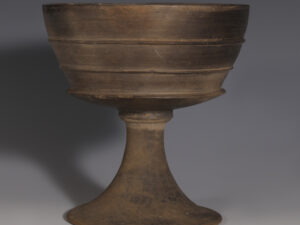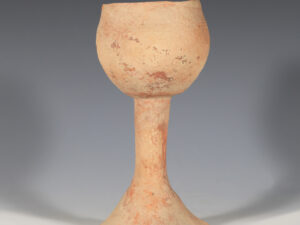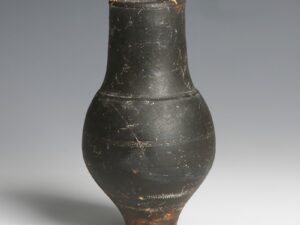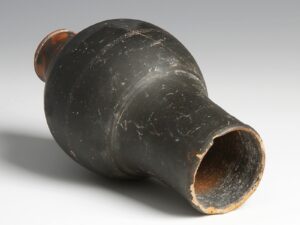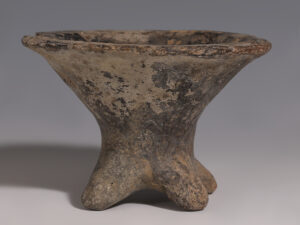The Indus Valley is a Bronze Age civilization from the Near East, which lasted from 3300 BC to 31 BC. It was one of three early and widespread cradles of civilisation along with Ancient Egypt and Mesopotamia. It was discovered when engraved seals were found in the Pakistani province of Punjab in 1920-21, first in the ancient city of Harappa and then locations down the Indus River leading to Mohenjo-daro.
Important innovations of the Indus Valley civilisation included standardised weights, measures and seal carving but they were also skilled in a range of techniques including metallurgy and pottery production. Although the Indus Valley script remains undeciphered, it is evident from the urban ruins that there was extensive town planning and an indication of a centralised state. Most of the pottery can be dated back to the Nal culture, which flourished in the north-west region of the Indus Valley. Their terracotta works are characterised by a linear style, a geometric repetition of shapes and lines. Also, animals and plants, rendered in a stylised manner, featured heavily on their creations. In the end, pigments could be added on the decorations, to create beautiful polychromatic vessels.








